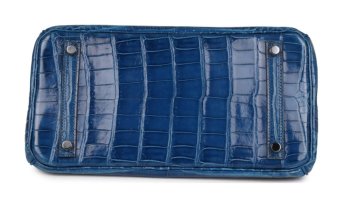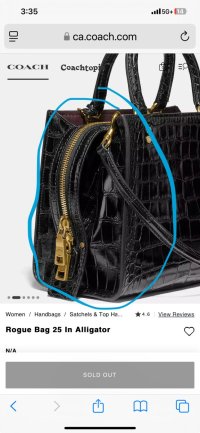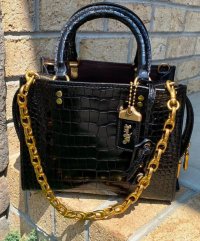I know leathers have different quality levels and was wondering if that applies to exotics like croc and gator as well?
I'm wondering this because I came across a Coach bag in Alligator for $8,000 which is significantly less than other gator skin bags I've seen.
So how can you tell if the lower price is due to a lesser quality skin vs coach just not charging as much as another brand?
I'm wondering this because I came across a Coach bag in Alligator for $8,000 which is significantly less than other gator skin bags I've seen.
So how can you tell if the lower price is due to a lesser quality skin vs coach just not charging as much as another brand?



 H and
H and 